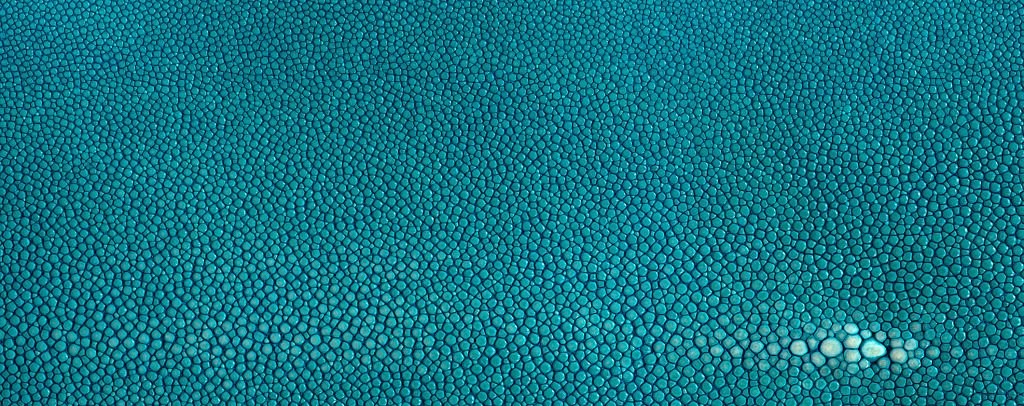
Blog
Types of leather based on their sources of production
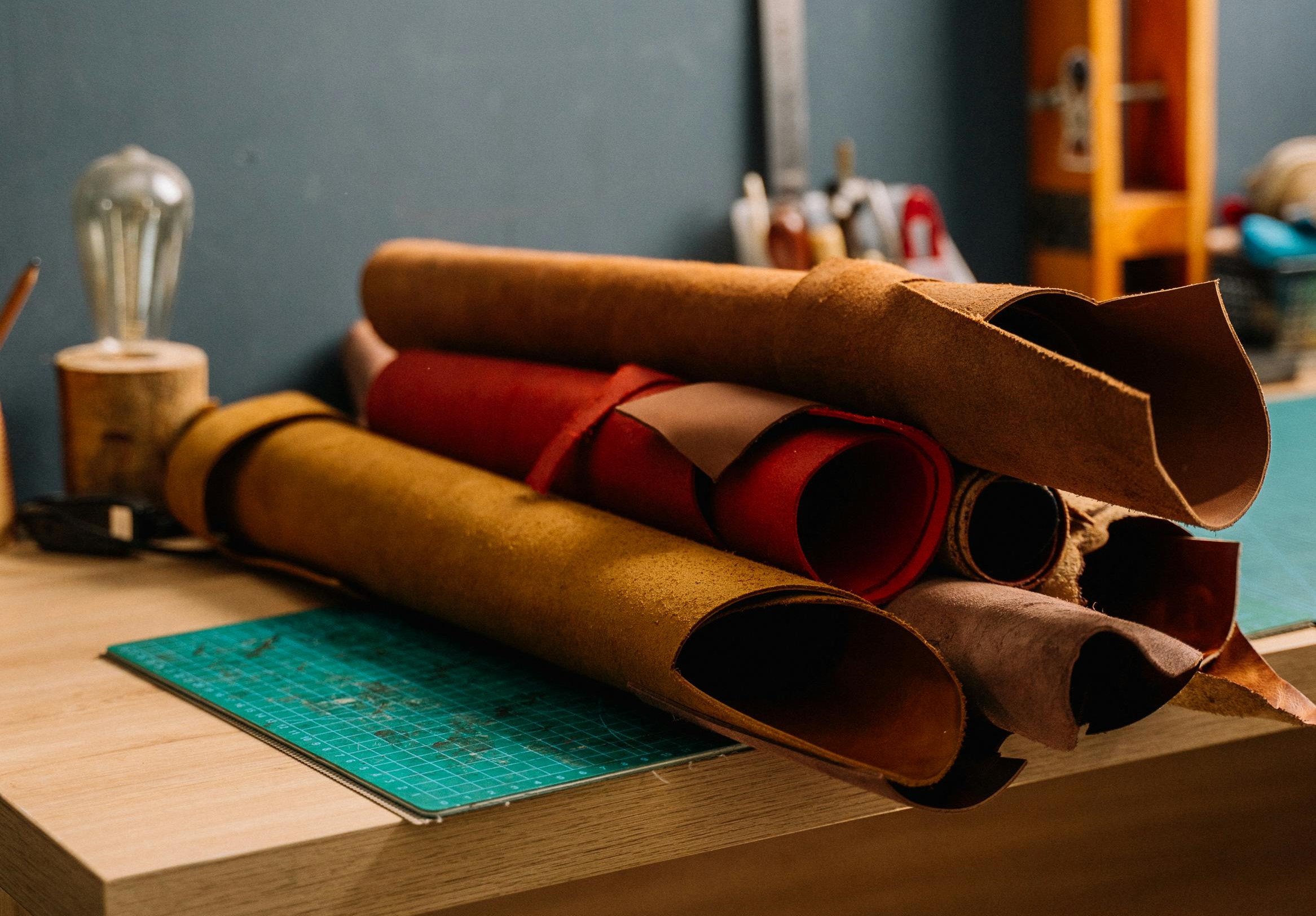
This article examines the types of leather based on their sources of production to assist the reader in selecting the best type of leather for their needs. From cowhide to poultry leather, each type of leather has unique characteristics and uses that will be detailed in this article. This article familiarizes you with the diversity of leathers and facilitates a suitable choice for you.
1. Cowhide Leather:
Cowhide leather, derived from the skin of cattle, is one of the most widely used types of leather due to its durability and strength. Here is a comprehensive and informative breakdown of cowhide leather:
1. Production Statistics:
– Global Production: Cowhide leather accounts for approximately 65-70% of the world’s total leather production.
– Top Producers: Countries like the United States, Brazil, and India are among the top producers of cowhide leather.
– Processing: The processing of cowhide involves various stages such as soaking, liming, fleshing, splitting, tanning, and finishing.
2. Characteristics:
– Durability: Cowhide leather is known for its robustness and resistance to wear and tear, making it ideal for products like furniture, belts, and shoes.
– Thickness: Cowhide leather is typically thicker compared to other types of leather, providing a sturdy and long-lasting material.
– Grain Patterns: The natural grain patterns on cowhide leather give it a distinctive and authentic appearance.
– Texture: It has a coarse texture that softens over time with proper care and maintenance.
3. Common Uses:
– Furniture: Cowhide leather is often used in the manufacturing of high-quality furniture due to its durability and luxurious appearance.
– Footwear: Boots, shoes, and sandals made from cowhide leather are popular for their comfort and longevity.
– Accessories: Belts, wallets, and bags crafted from cowhide leather are sought after for their strength and classic appeal.
4. Environmental Impact:
– Sustainability: Efforts are being made to ensure sustainable practices in cowhide leather production, including responsible sourcing and waste management.
– By-products: The leather industry utilizes by-products like hides, bones, and fats, minimizing waste and maximizing resource efficiency.
5. Market Trends:
– Demand: The demand for cowhide leather remains steady, with a growing trend towards eco-friendly and ethically sourced products.
– Innovation: Advancements in tanning techniques and sustainable practices are shaping the future of cowhide leather production.
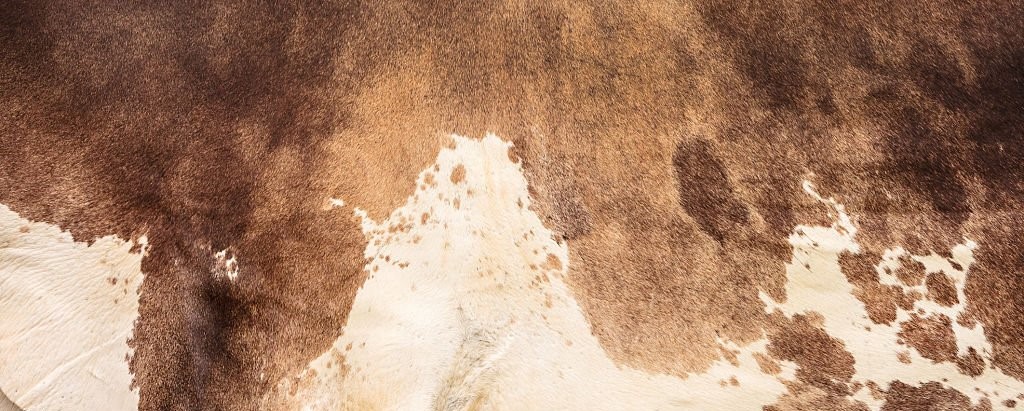
2. Goat Leather:
Production of Goat Leather:
– Global Production: Goat leather accounts for approximately 5-10% of global leather production.
– Top Producing Countries: Countries such as China, India, Pakistan, and Thailand are among the largest producers of goat leather.
– Production Process: This type of leather is derived from the skin of goats and after processes like soaking, tanning, finishing, it is ready for use.
Characteristics:
– Softness: Goat leather is known for its softness and flexibility, making it suitable for items like clothing and gloves.
– Lightweight: Due to its lightweight and thinness, this type of leather is ideal for applications that require thin leather.
– Color Absorption: Goat leather absorbs color well, making it suitable for applications that require good dyeing properties.
Applications:
– Apparel: Goat leather is widely used in the production of garments, gloves, and fashionable footwear.
– Handicrafts: It is also used in the making of bags, handcrafted purses, cosmetic items, and decorative items.
Environmental Impact:
– Sustainability: The production of goat leather requires adherence to environmental standards to protect the environment and goats.
– Recycling: Using recycling methods and proper waste management can reduce the environmental impact of this industry.
Market Trends:
– Market Growth: With increasing demand for leather products, the goat leather market is also growing.
– Innovation: Efforts are being made to utilize sustainable and environmentally friendly technologies in the production of goat leather.
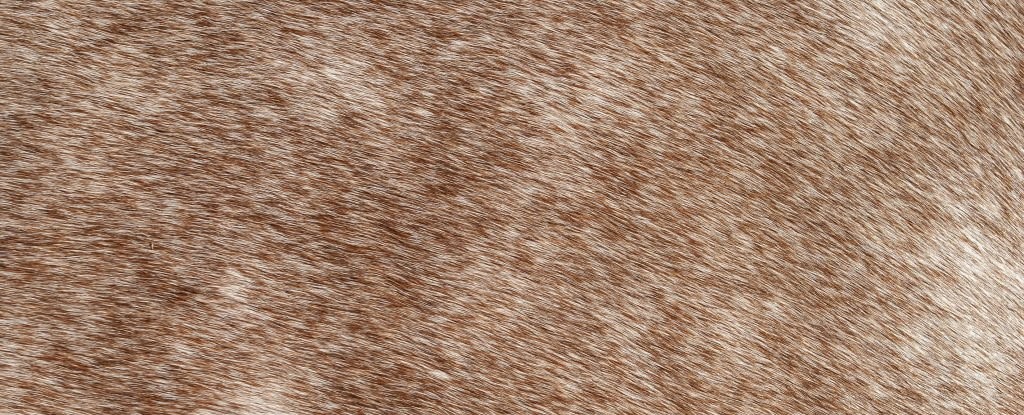
3. Camel Leather:
Production of Camel Leather:
– Global Production: Camel leather accounts for only about 1% of global leather production.
– Producing Countries: Countries like Morocco, Iran, and Egypt are among the largest producers of camel leather.
– Production Process: This type of leather is extracted from camel hides and after processes such as tanning, coloring, and finishing, it is ready for use.
Characteristics:
– Durability: Camel leather is suitable for applications that require resistance and durability due to its high resistance and appropriate thickness.
– Softness: This type of leather is relatively soft but naturally becomes tougher over time.
– Aesthetic Appeal: Camel leather has unique patterns and textures that add a special beauty to leather products.
Applications:
– Leather Goods Industry: It is used in the production of leather products such as bags, shoes, and belts.
– Interior Decorations: It is used for covering furniture, shoe uppers, and interior decorations.
Environmental Impact:
– Sustainability: The production of camel leather requires adherence to environmental standards to protect the environment.
– Recycling: Using recycling methods and proper waste management can reduce the environmental impacts of this industry.
Market Trends:
– Scarce Nature: Due to limited production quantities, camel leather is often recognized as a luxury and rare product in the market.
– Added Value: The high added value of camel leather as a quality and special material increases its price.
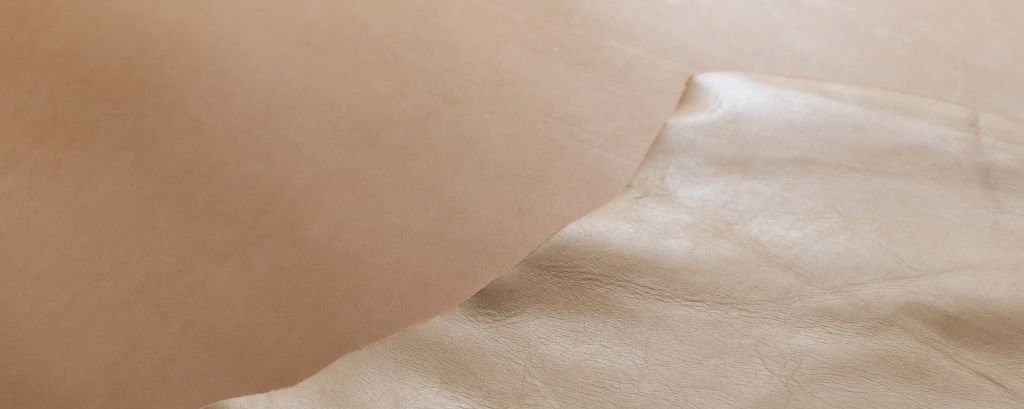
4. Sheep Leather:
Production of Sheep Leather:
– Global Production: Sheep leather is one of the most commonly used types of leather globally, accounting for approximately 65-70% of global leather production.
– Producing Countries: Major producing countries include China, India, Turkey, Australia, and the United States.
– Production Stages: The process of producing sheep leather involves stages such as skin removal, purification, dyeing, thickness adjustment, and finishing.
Characteristics:
– Flexibility and Durability: Sheep leather is known for its flexibility and durability, making it ideal for a wide range of leather products due to its resistance to wear and tear.
– Softness and Smoothness: This type of leather is valued for its softness and smooth texture, making it highly desirable for applications where a gentle touch is required.
– Color Variety: Sheep leather takes dye well and can easily be produced in a variety of colors.
Applications:
– Fashion and Apparel: Sheep leather is commonly used in the production of clothing, footwear, bags, and fashion accessories.
– Automotive Industry: It finds significant applications in the automotive industry for seats and interior upholstery.
– Interior Decor: Sheep leather is used for covering furniture, carpets, and interior decor items.
Environmental Impact:
– Sustainability: Implementing sustainable practices and resource-efficient processes can help mitigate the environmental impact of sheep leather production.
– Recycling: Utilizing recycling techniques and reducing waste can contribute to environmental conservation efforts.
Market Trends:
– Popularity: Due to its unique qualities and high quality, sheep leather is highly popular in the global market.
– Pricing: The high value and demand for sheep leather have led to appropriate pricing in the market.
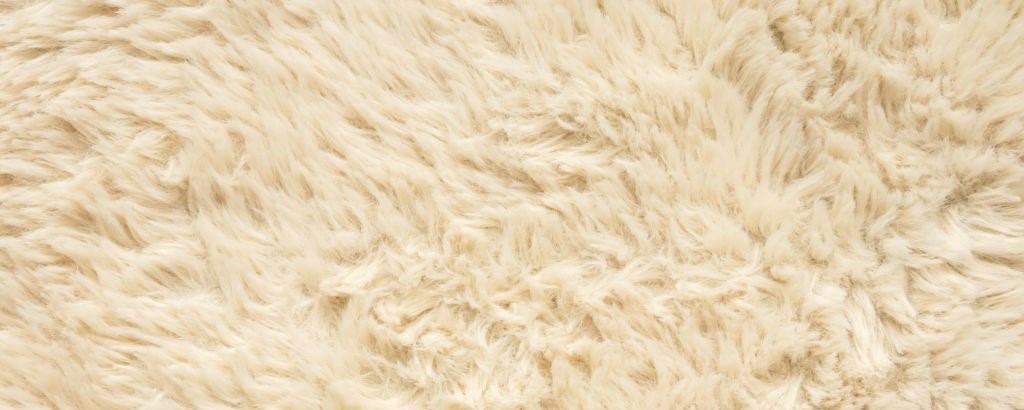
5. Ostrich Leather:
Production of Ostrich Leather:
– Global Production: Ostrich leather is a highly valued type of leather, constituting only about 1% of global leather production due to the limited availability of ostrich hides.
– Producing Countries: Major producing countries include Morocco, Iran, and Egypt, where ostrich farming is prevalent.
– Production Stages: Ostrich leather is extracted from ostrich hides and undergoes processes such as purification, dyeing, and finishing to prepare it for use in various products.
Characteristics:
– Strength and Durability: Ostrich leather is known for its strength and durability, making it suitable for applications that require resilience and longevity.
– Softness: While relatively soft, ostrich leather naturally becomes firmer over time, adding to its appeal and character.
– Distinctive Appearance: Ostrich leather features unique patterns and textures that enhance the aesthetic appeal of leather products.
Applications:
– Leather Goods Industry: Ostrich leather is commonly used in the production of luxury leather goods such as handbags, shoes, and belts.
– Interior Decor: It is also utilized for covering furniture, carpets, and interior design elements.
Environmental Impact:
– Sustainability: Sustainable practices are crucial in ostrich leather production to minimize its environmental footprint and ensure responsible sourcing.
– Recycling: Implementing recycling techniques and waste management strategies can help mitigate the environmental impact of ostrich leather production.
Market Trends:
– Scarcity: Due to its limited production, ostrich leather is often considered a luxury and exclusive material in the market.
– Added Value: The high quality and distinctiveness of ostrich leather contribute to its premium pricing and demand in the market.
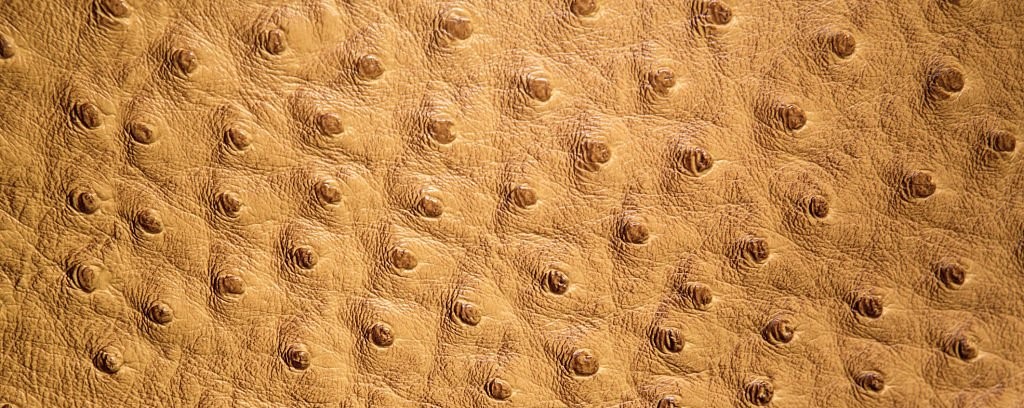
6. Crocodile Leather:
Production of Crocodile Leather:
– Global Standing: Crocodile leather is a highly valued type of leather used for luxury and high-end products.
– Producing Countries: Countries such as the USA, Australia, and South Africa are among the prominent producers of crocodile leather.
– Production Stages: Crocodile hides go through processes such as tanning, dyeing, and finishing to prepare them for various leather products.
Characteristics:
– Elegance and Luxury: Crocodile leather is sought after for its beauty, softness, and luxury, making it ideal for high-end products.
– Resilience and Strength: This type of leather is highly durable and sturdy, suitable for a wide range of applications.
– Unique Patterns: Crocodile leather features distinct patterns and textures that enhance the appeal of leather products.
Applications:
– Luxury Products: Crocodile leather is primarily used in the production of luxury items such as handbags, high-quality shoes, and special belts.
– Design Industries: It is also utilized for covering furniture, carpets, and interior design elements.
Environmental Impact:
– Sustainability: Following environmental standards in crocodile leather production is crucial to maintaining ecological balance.
– Recycling: Implementing recycling methods and waste reduction can help mitigate the environmental impact of this industry.
Market Trends:
– Exclusivity: Due to its rarity and unique features, crocodile leather is recognized as a luxury product.
– Added Value: The high value of crocodile leather, attributed to its superior quality and distinctive appearance, contributes to its premium pricing in the market.
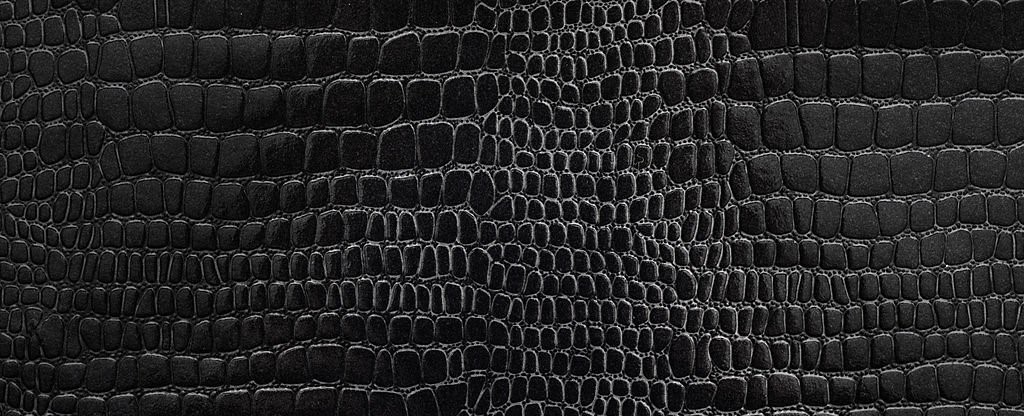
7. Fish Leather:
Production of Fish Leather:
– Global Significance: Fish leather, although less common than traditional leather types, is gaining popularity for its unique texture and sustainability.
– Production Centers: Countries like Iceland, Norway, and Thailand are known for their fish leather production due to their fishing industries.
– Processing Stages: Fish skins are treated through processes such as tanning, dyeing, and finishing to transform them into durable and attractive leather.
Characteristics:
– Texture and Appearance: Fish leather has a distinctive scale pattern that adds a unique aesthetic to leather products.
– Flexibility: Despite being thin, fish leather is remarkably flexible, making it suitable for various applications.
– Durability: Properly processed fish leather can be as durable as traditional leather, offering a long lifespan for products.
Applications:
– Fashion Industry: Fish leather is used in high-end fashion items such as bags, shoes, and accessories due to its exotic appeal.
– Interior Design: It is also employed in interior design for items like upholstery, wall coverings, and decorative accents.
Environmental Impact:
– Sustainability: Fish leather represents a sustainable alternative to traditional leather, utilizing a byproduct of the fishing industry that would otherwise go to waste.
– Biodegradability: Fish leather is biodegradable, reducing its environmental impact compared to synthetic materials.
Market Trends:
– Eco-Friendly Focus: With a growing emphasis on sustainability, fish leather is becoming increasingly popular among environmentally conscious consumers.
– Unique Selling Point: The exotic texture and unique appearance of fish leather give it a competitive edge in the luxury market.
